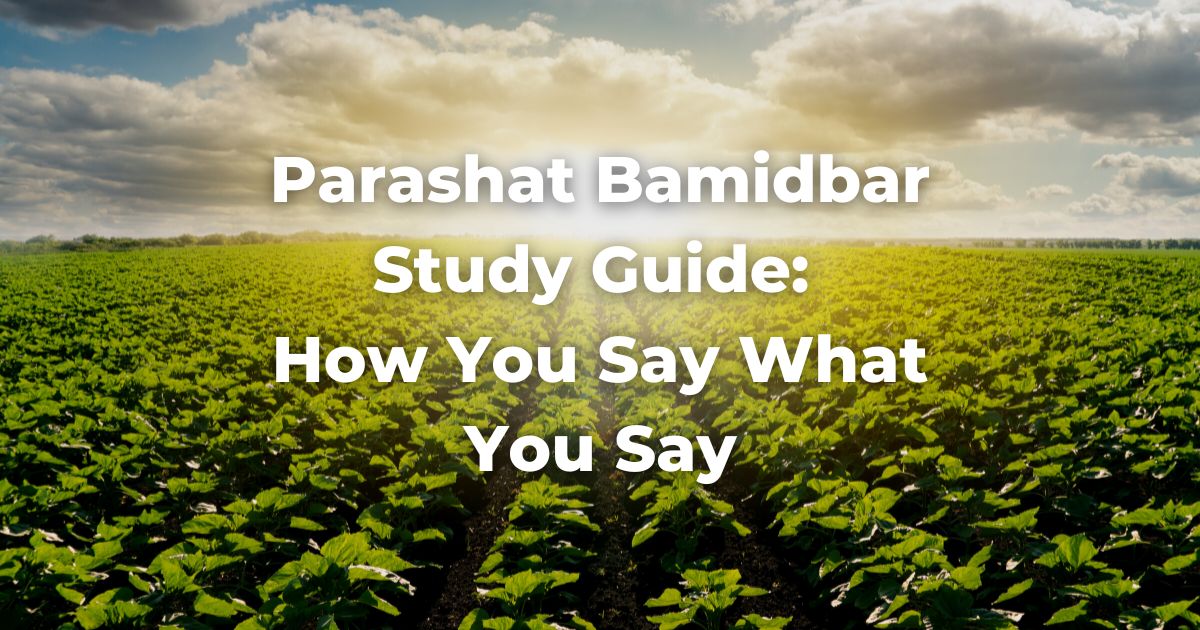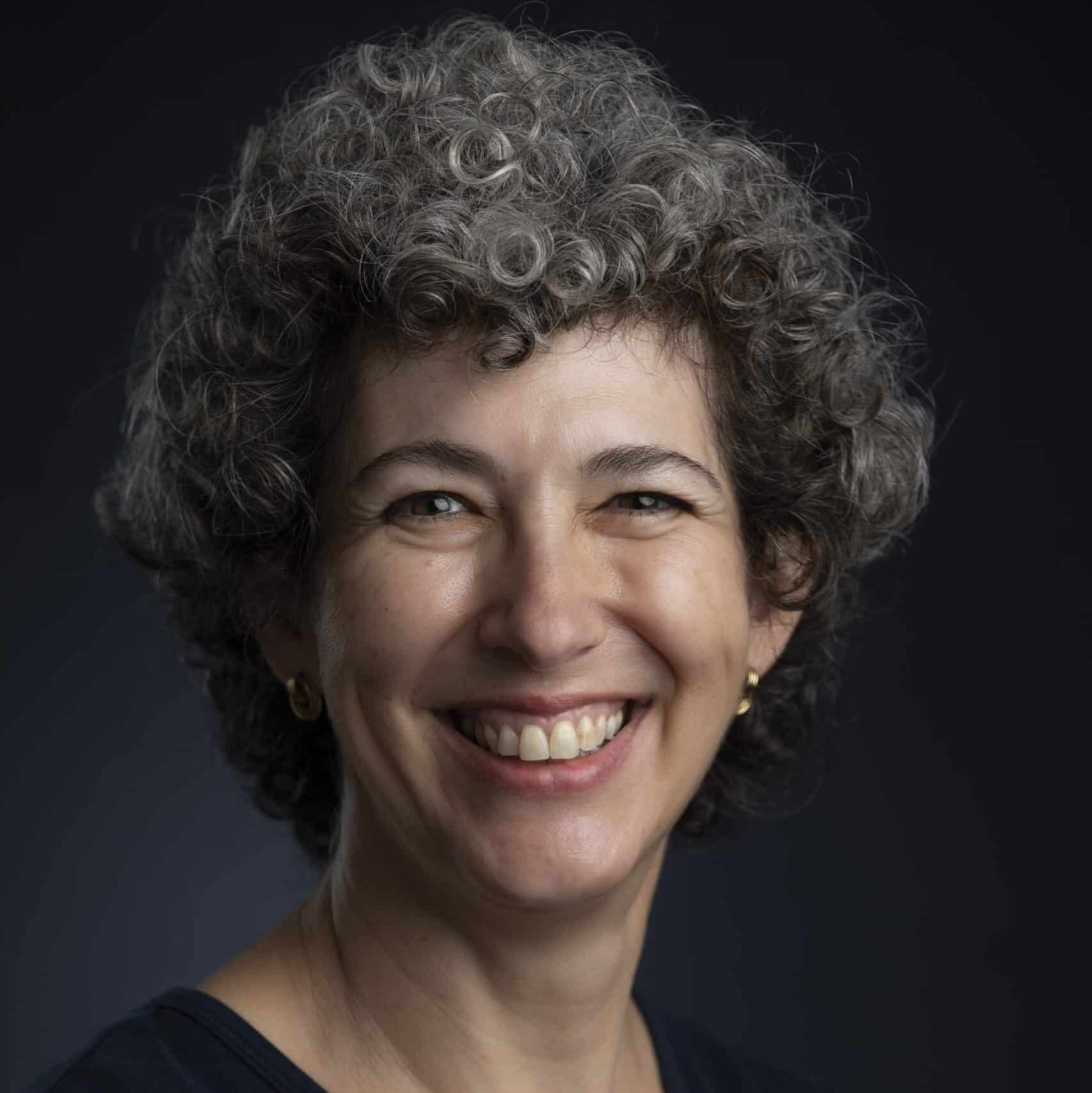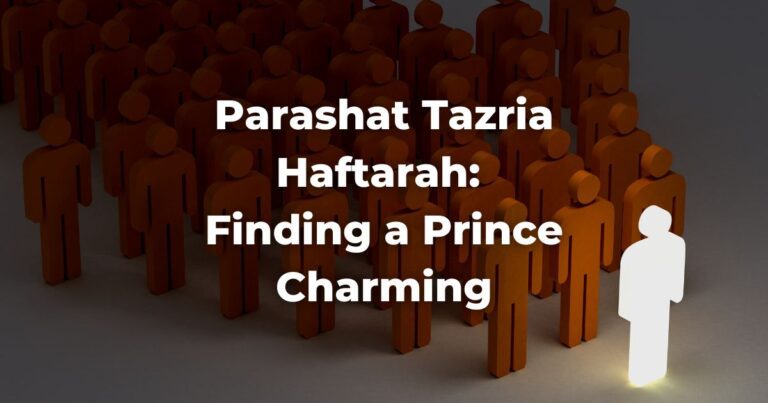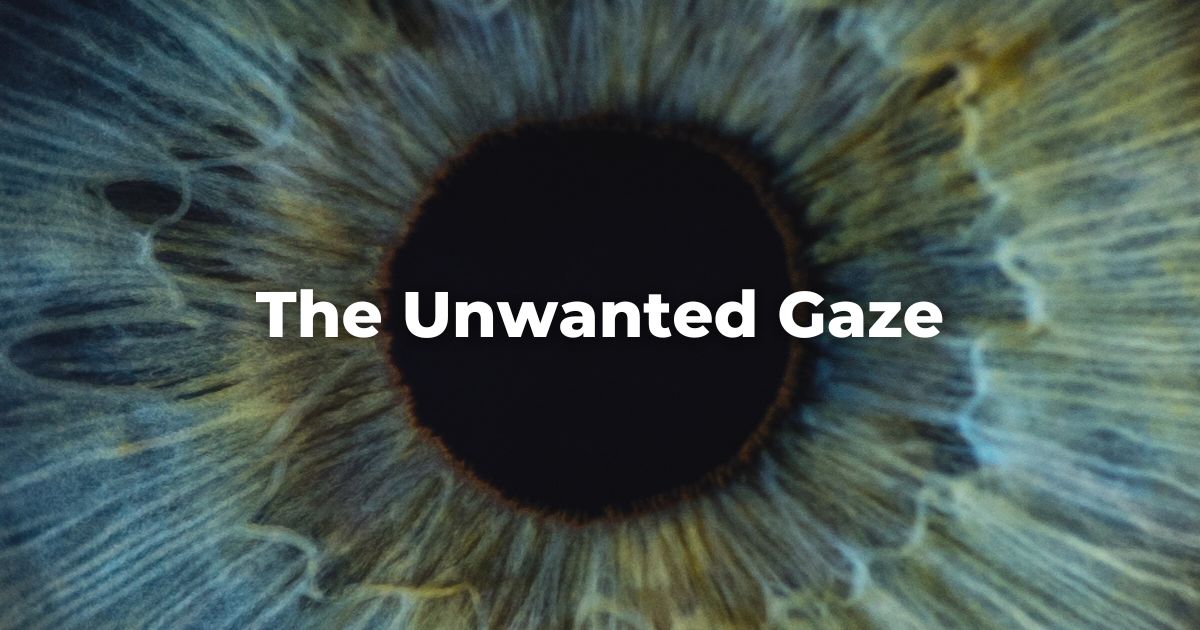On May 25th and 26th, we will be celebrating Shavuot when the story of Ruth is read.
Text: Ruth 2:1-7
1 There was a relative of Naomi’s husband … his name was Boaz. 2 And Ruth the Moabitess said to Naomi, “Please let me go to the field, and glean … after him in whose sight I may find favor.” And she said to her, “Go, my daughter.” … 4 Now behold, Boaz came from Bethlehem … 5 Then Boaz said to his servant who oversaw the reapers, “Whose young woman is this?” 6 And the servant … answered and said, “It is the young Moabite woman who came back with Naomi from the country of Moab. 7 And she said, ‘Please let me glean and gather after the reapers among the sheaves.’ So, she came and has continued from morning until now her rest in the house is little.”
- Gleaning in the field for discarded grain is the right of the poor people. However, the reality might have been more complicated. What is Boaz, the field owner, asking about Ruth? Why? Why is he asking the overseer?
- How does the overseer seem to feel about Ruth? How might he have interpreted Boaz’s question?
Midrash Ruth Rabbah 4
“Whose is this young woman?”—did he not know who she was? Rather, once he saw that she was pleasant and her actions were fine, he began asking about her: All the women would bend at the waist and gather, and this one would sit and gather. All the women would raise their skirts, and she would lower her skirts.
- According to this midrash, why is Boaz asking about Ruth?
- What reality of the atmosphere in the field can be gathered from the description of the other women?
Commentary: R. Joseph Kara on Ruth 2:4-7
Then Boaz said to his servant who oversaw the reapers, “Whose young woman is this?” It is customary that when someone … harvests his field he appoints a supervisor so that no stranger will enter to collect within his field during the harvest, only his relatives. So, when Boaz arrived, he did not ask about the other girls whom he recognized and did not tell off his supervisor for letting those girls gather only about Ruth, who seemed like a stranger to him, did he get cross and asked whose young woman is this? as if to tell him off for letting her gather. And the servant … answered and said, “It is the young Moabite woman who came back with Naomi from the country of Moab”—as if to tell him: this one too came because of the family relation.
- What tone does Boaz use according to this reading?
- Which reading do you agree with? Why? (If you want to, continue to read chapter 2, and see.)
See more: Parashat Bamidbar
Originally posted as part of the Conservative Yeshiva at the Fuchsberg Jerusalem Center’s Torah Sparks. Support TorahRefers to the first five books of the Hebrew Bible, the Tanakh, also called the Five Books of Moses, Pentateuch or the Hebrew equivalent, Humash. This is also called the Written Torah. The term may also refer to teachings that expound on Jewish tradition. Read more learning from the Fuchsberg Jerusalem Center/Conservative Yeshiva for leaders and seekers around the world here.
Authors
-

Vered Hollander-Goldfarb teaches Tanach and Medieval Commentators at the Conservative Yeshiva and is a regular contributor to Torah Sparks, FJC’s weekly message on the weekly Torah portion. She received her M.A. in Judaic Studies and Tanach from the Bernard Revel Graduate School of Yeshiva University and studied at Bar-Ilan University and the Jewish Theological Seminary. Before making aliyah, Vered taught at Ramaz School and Stern College in New York.
View all posts -



The Fuchsberg Jerusalem Center (FJC) is a home in the heart of Jerusalem where leaders and seekers can find an authentic place in Jewish tradition to call their own. FJC offers opportunities to study, pray and explore within an egalitarian and inclusive setting, creating multiple pathways for finding personal and communal meaning.
View all posts






